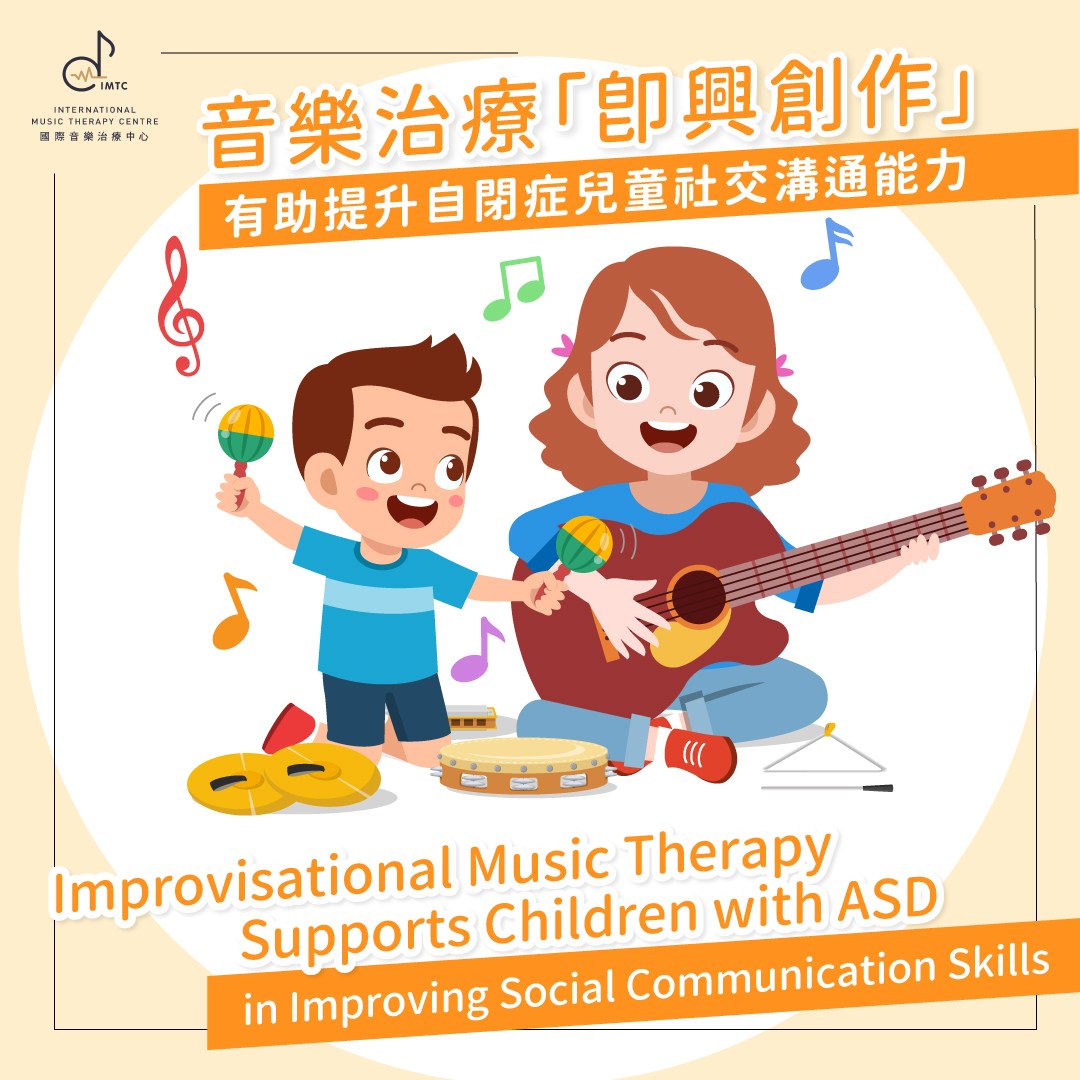“Music Or Toy?” Which Can Facilitate More Happiness and Social Interaction for Children with ASD?
Children with ASD might have difficulties in social interaction and expressing emotions, they tend to focus on things or objects that they feel intensely interested in.
A university in South Korea has conducted research and observed 10 children with ASD aged from 3 to 5. They compare the children’s behaviour in improvisational music therapy sessions and toy playing sessions. Results indicated that there is a higher frequency of joy, initiation of interaction and emotional sharing in music therapy sessions.
Researchers observed the child’s behaviour by recording the frequency of smiles, number of times sharing emotions and any spontaneous initiation of interaction from the child. These areas are unusual in children with ASD.
The research also found that during the toy playing session, younger children with more obvious symptoms of ASD, are harder to share toys or engage with other people. However, music has its wide variety of characteristics, which can attract children more easily. Children find their own space in music, and therapists would engage with the child through sound imitation or making variation in music.
They also investigated the differences for child-led and therapist-led sessions, they found that children are happier in the child-led session. This might reflect the importance of allowing the child to control and to lead in sessions.
Reference:
Kim, J., Wigram, T., & Gold, C. (2009). Emotional, motivational and interpersonal responsiveness of children with autism in improvisational music therapy. Autism, 13(4), 389-409.



